The Monaco Portal
Welcome! — Bienvenue! — Benvegnüu!
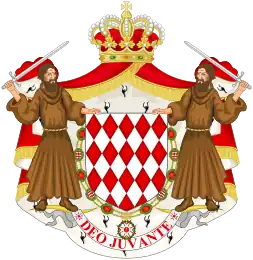
Monaco (/ˈmɒnəkoʊ/ ⓘ MON-ə-koh, French: [mɔnako]; Monégasque: Mùnegu [ˈmuneɡu]), officially the Principality of Monaco, is a sovereign city-state and microstate on the French Riviera a few kilometres west of the Italian region of Liguria, in Western Europe, on the Mediterranean Sea. It is bordered by France to the north, east and west. The principality is home to 38,682 residents, of whom 9,486 are Monégasque nationals; it is widely recognised as one of the most expensive and wealthiest places in the world. The official language of the principality is French. In addition, Monégasque (a dialect of Ligurian), English and Italian are spoken and understood by many residents.
With an area of 2.02 km2 (0.78 sq mi), it is the second-smallest sovereign state in the world, after Vatican City. Its 19,009 inhabitants /km2 (49,230/sq mi) make it the most densely-populated sovereign state in the world. Monaco has a land border of 5.47 km (3.40 mi) and the world's shortest coastline of approximately 3.83 km (2.38 mi); it has a width that varies between 1,700 and 349 m (5,577 and 1,145 ft). The highest point in the state is a narrow pathway named Chemin des Révoires on the slopes of Mont Agel, in the Les Révoires ward, which is 161 m (528 ft) above sea level. The principality is about 15 km (9.3 mi) from the border with Italy. Since 2013, it consists of nine administrative wards, the largest of which is Monte Carlo (Monte Carlo/Spélugues, 0.44 km2 (0.17 sq mi)), and the most populous of which is Larvotto (Larvotto/Bas Moulins, 5,443 residents as of 2008). Through ongoing land reclamation, started in 1861 and accelerating in the 1960s, Monaco's small land mass has expanded by 20 per cent.
The principality is governed under a form of constitutional monarchy, with Prince Albert II as head of state, who wields immense political power despite his constitutional status. The prime minister, who is the head of government, can be either a Monégasque or a French citizen; the monarch consults with the Government of France before an appointment. Key members of the judiciary in Monaco are detached French magistrates. The House of Grimaldi has ruled Monaco, with brief interruptions, since 1297. The state's sovereignty was officially recognised by the Franco-Monégasque Treaty of 1861, with Monaco becoming a full United Nations voting member in 1993. Despite Monaco's independence and separate foreign policy, its defence is the responsibility of France, besides maintenance of two small military units. (Full article...)
Selected location article
Selected pictures
Selected ward
List of articles |
|---|
Selected environment article
.jpg.webp)
List of articles |
|---|
Selected arts article
The Monte-Carlo Philharmonic Orchestra (French: Orchestre Philharmonique de Monte-Carlo, OPMC) is the main orchestra in the Principality of Monaco. The orchestra gives concerts primarily in the Auditorium Rainier III, but also performs at the Salle des Princes in the Grimaldi Forum. (Full article...)
Selected religion article
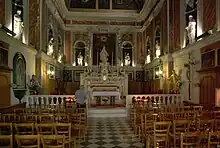
The Catholic Church in Monaco is part of the worldwide Catholic Church, under the spiritual leadership of the Pope in Rome.
The country forms a single archdiocese: the Roman Catholic Archdiocese of Monaco, which is part of the Catholic Church in France since the beginning of its history. Per the Constitution of Monaco (Art. 9) Catholicism is the official church of Monaco, and is the majority religion; religious freedom is also guaranteed by the constitution. In 2023, the country was scored 4 out of 4 for religious freedom. (Full article...)
Selected sports article
Bruno Bellone (born 14 March 1962) is a former French international footballer who played as a winger, and who earned 34 caps and scored two goals for France from 1981 to 1988. One of the goals was in the final of the 1984 European Championships, where France defeated Spain 2–0 to win the title. He was also in France's 1982 and 1986 World Cup squads. (Full article...)
Selected education article
The International School of Monaco (ISM) is an independent, co-educational, not-for-profit day school located in Monaco. Founded in 1994, ISM has over 800 students aged 3 to 18 years old, drawn from over 50 nationalities.
ISM offers a bilingual education in English and French for students in the Primary School (Kindergarten to Year 6). From Year 7 onwards, the Secondary School offers a programme taught in English, leading to internationally-recognised academic qualifications. The University of Cambridge International General Certificate of Secondary Education (IGCSE) examinations are offered at the end of Year 11, following a two-year course of study. The International Baccalaureate Diploma Programme (IBDP) examinations are offered at the end of Year 13, following a two-year course of study. The school offers both the IBDP and, since September 2020, the IBCP (International Baccalaureate Career-related Programme). (Full article...)
Selected transportation article
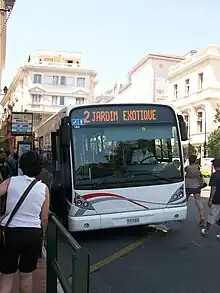
Transport in Monaco is facilitated with road, air (helicopter), rail, and water networks. Rail transport is operated by SNCF with only Monaco Monte Carlo station seeing passenger service and the total length of the line inside the Principality is 1.7 km (1.1 mi). Monaco has five bus routes operated by Compagnie des Autobus de Monaco. There are also two other bus routes which connect Monaco with neighboring regions such as Nice and Menton. (Full article...)
Selected biography
Romeo Acquarone (1895 – 1980) was a professional tennis player born in Monaco. He became a French citizen in 1937. Acquarone won the Bristol Cup in France in 1920 (beating Joseph Negro in the final). The Bristol Cup was the top professional tournament in the world in the 1920s. (Full article...)
Did you know...
- ... that Monaco GP was the most popular arcade driving game in the United States in 1981?
Related portals
Need help?
Do you have a question about Monaco that you can't find the answer to?
Consider asking it at the Wikipedia reference desk.
Categories
Get involved
For editor resources and to collaborate with other editors on improving Wikipedia's Monaco-related articles, see WikiProject Monaco.
Topics
Associated Wikimedia
The following Wikimedia Foundation sister projects provide more on this subject:
-
 Commons
Commons
Free media repository -
 Wikibooks
Wikibooks
Free textbooks and manuals -
 Wikidata
Wikidata
Free knowledge base -
 Wikinews
Wikinews
Free-content news -
 Wikiquote
Wikiquote
Collection of quotations -
 Wikisource
Wikisource
Free-content library -
 Wikiversity
Wikiversity
Free learning tools -
 Wikivoyage
Wikivoyage
Free travel guide -
 Wiktionary
Wiktionary
Dictionary and thesaurus
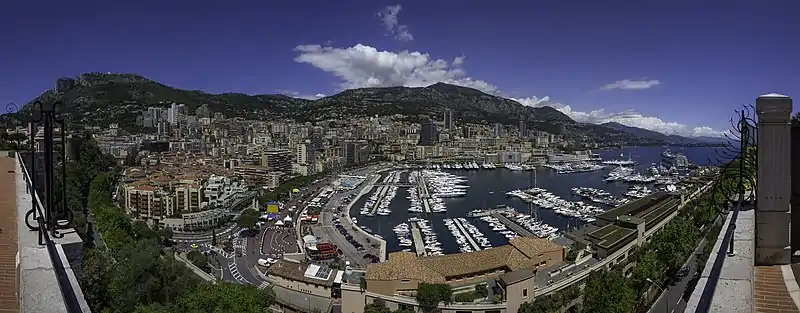
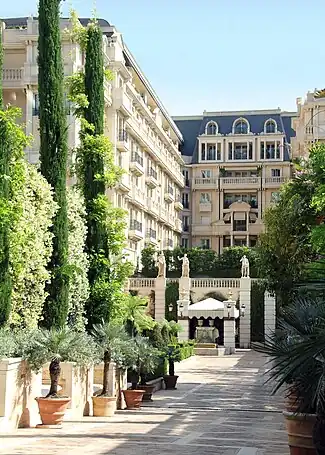
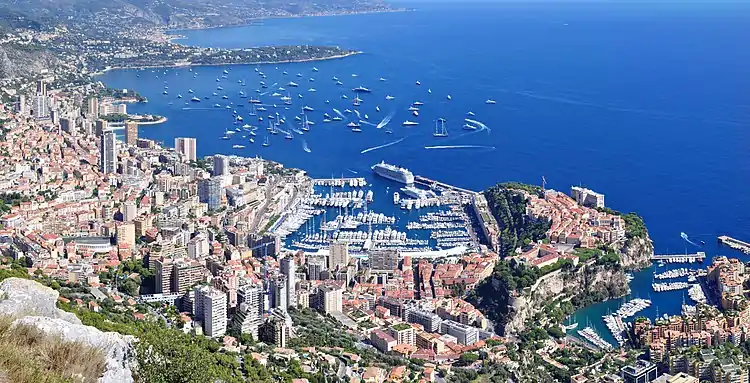
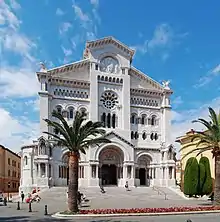
.jpg.webp)

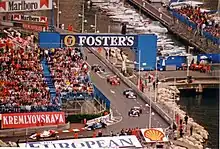
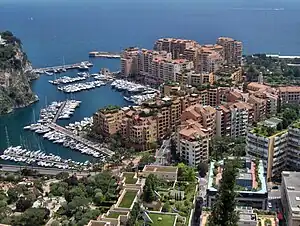
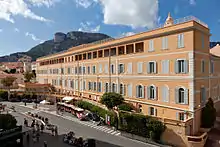


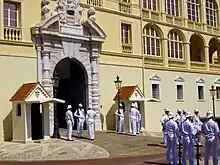
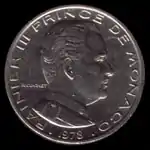
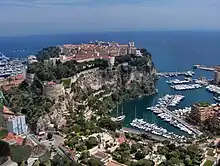
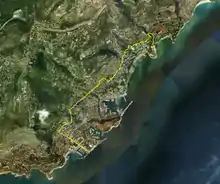

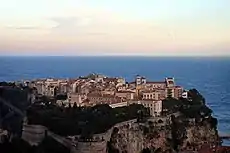


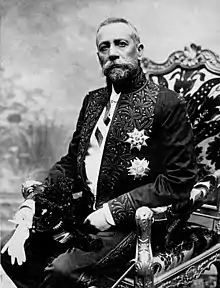


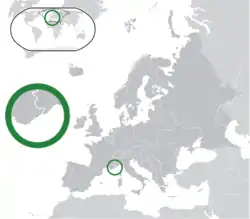
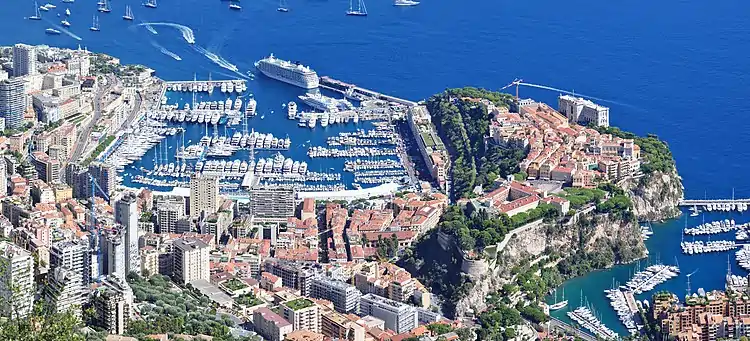
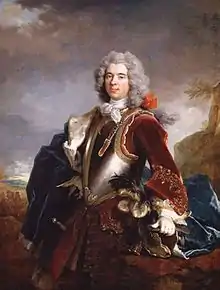
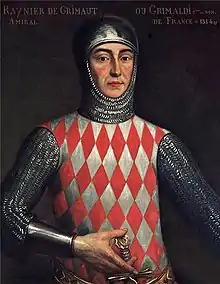
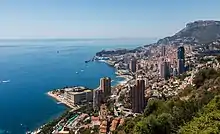
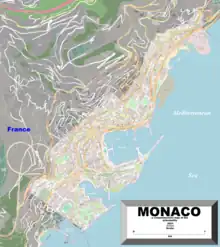

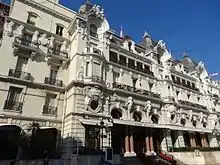
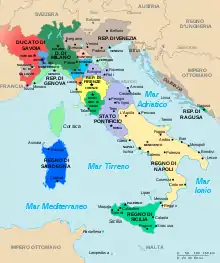
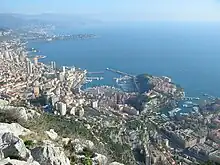
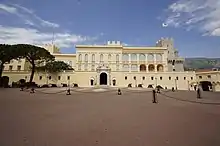
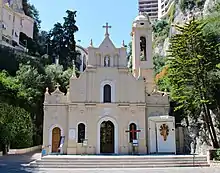
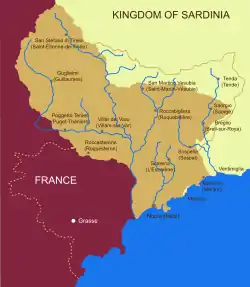

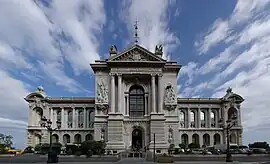
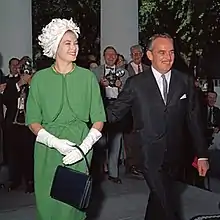
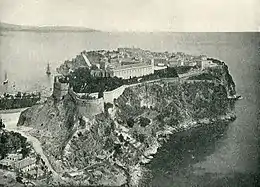
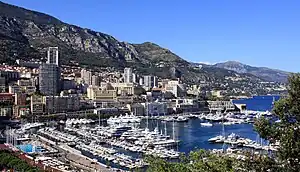
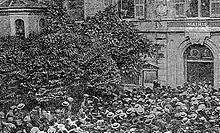


.jpg.webp)


